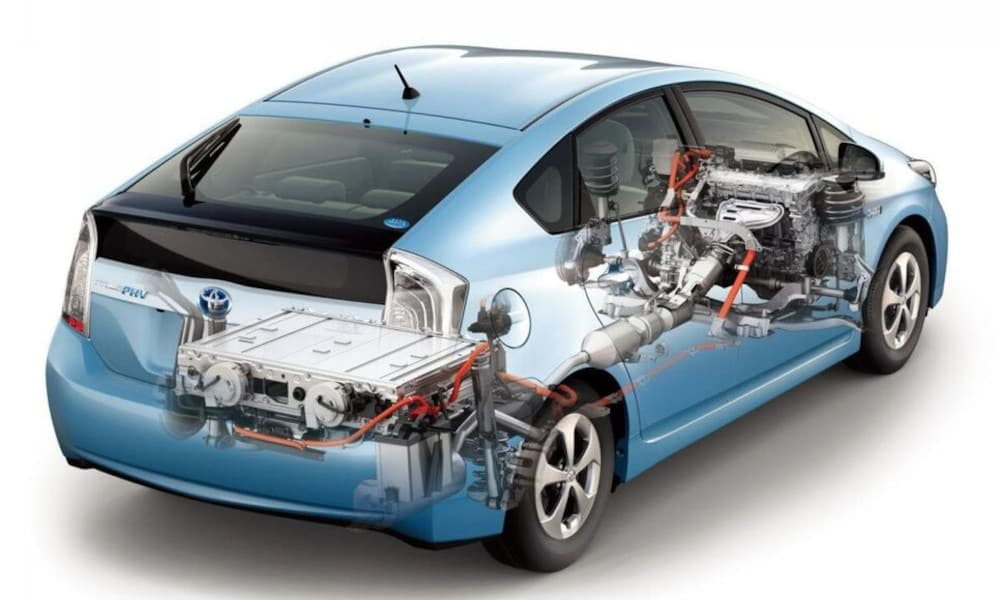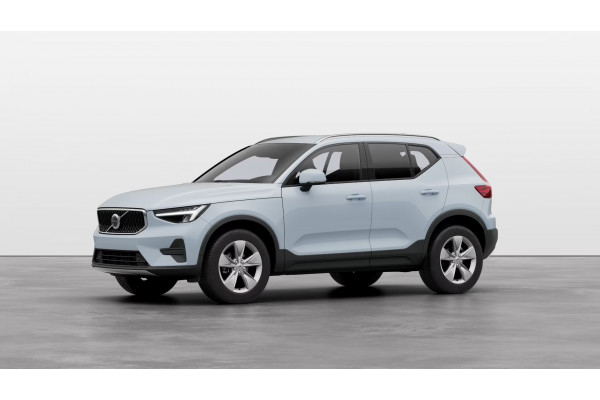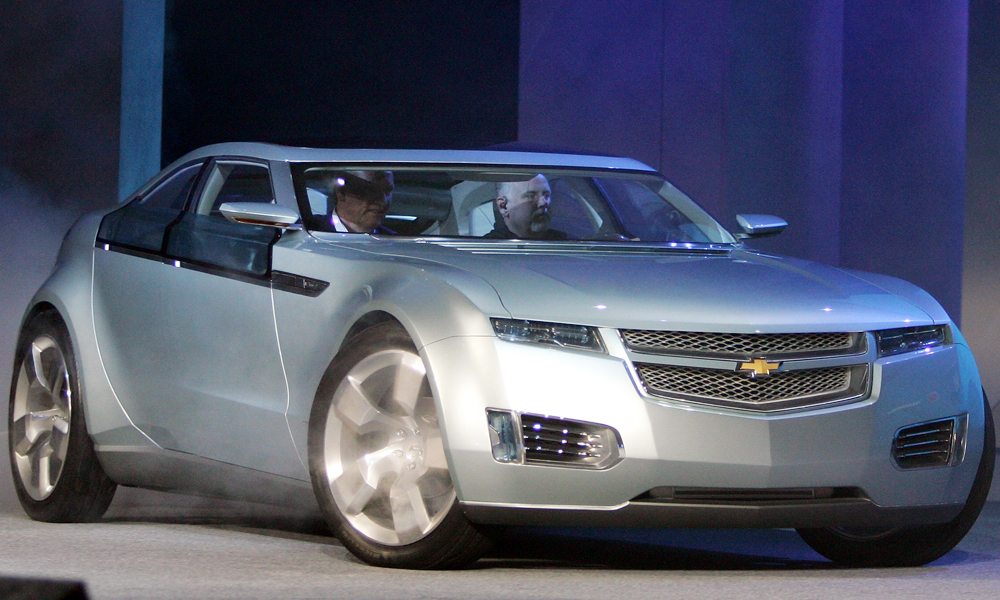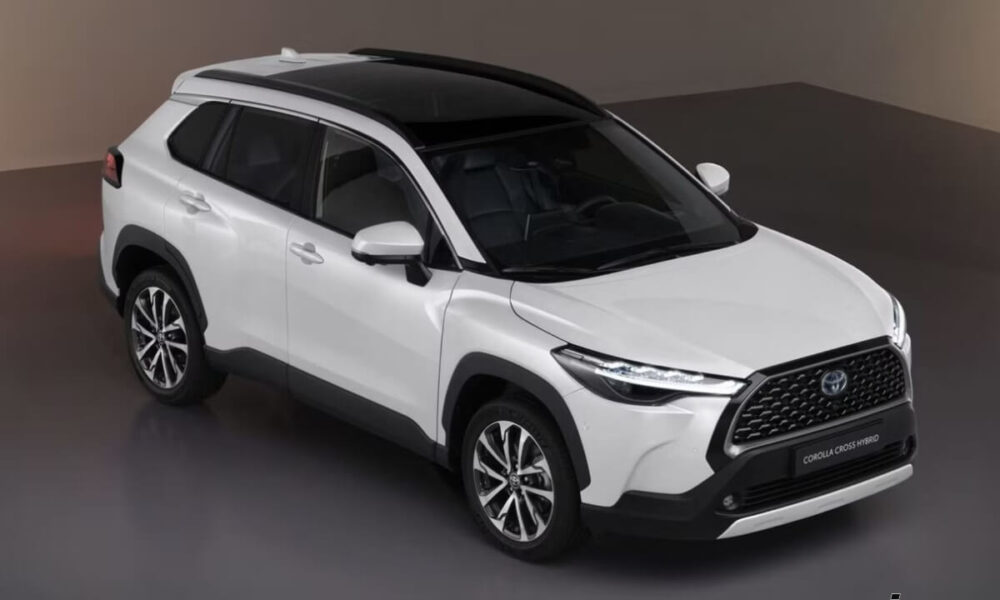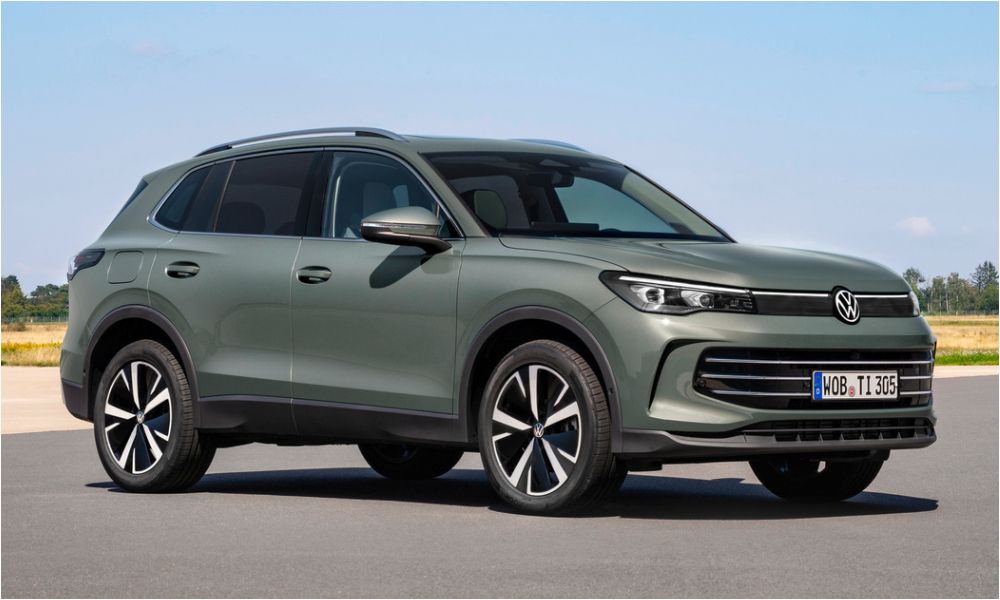Hybrid cars have become increasingly popular as consumers look for more fuel-efficient and environmentally friendly vehicles. With concerns about climate change and rising fuel costs, hybrids offer an appealing alternative to traditional gasoline-powered cars. But how exactly do hybrid cars work, and why should you consider buying one? This comprehensive guide will break down everything you need to know about hybrid vehicles, from their inner workings to the benefits they offer.
What is a Hybrid Car?
A hybrid car is a vehicle that uses two different sources of power: an internal combustion engine (usually powered by gasoline) and an electric motor. By combining these two systems, hybrids offer improved fuel efficiency and lower emissions compared to conventional cars. Hybrid cars are designed to switch between the gasoline engine and electric motor depending on driving conditions, optimizing performance and minimizing fuel consumption.
How Do Hybrid Cars Work?
At the core of every hybrid vehicle is its dual power system. Here’s a breakdown of how this system functions:
Electric Motor and Battery
The electric motor in a hybrid vehicle is powered by a rechargeable battery pack. Unlike fully electric cars, hybrids don’t need to be plugged in to recharge. Instead, they use a technology called regenerative braking. When you brake, the energy that would otherwise be wasted is captured and used to recharge the battery. The electric motor is particularly useful for low-speed driving, where it can power the vehicle on its own, reducing the need for gasoline.
Internal Combustion Engine
The gasoline-powered engine in a hybrid car is similar to that in a conventional vehicle. It kicks in when the car needs more power, such as during highway driving or accelerating. At high speeds, the gasoline engine typically takes over, while the electric motor provides support.
Regenerative Braking
Regenerative braking is a key feature of hybrid vehicles that helps to increase their efficiency. When you apply the brakes, the electric motor reverses its function and acts as a generator, converting kinetic energy into electricity, which is stored in the battery for later use.
Seamless Transition Between Power Sources
One of the impressive features of hybrid cars is the seamless transition between the electric motor and the gasoline engine. Depending on your speed, driving conditions, and battery charge level, the vehicle will switch between the two power sources, ensuring maximum efficiency and a smooth driving experience.
Types of Hybrid Cars
There are different types of hybrid cars, each offering a unique balance between electric and gasoline power. Here’s a look at the most common types:
Full Hybrids
Full hybrids, such as the Toyota Prius, can run on just the gasoline engine, just the electric motor, or a combination of both. Full hybrids offer great flexibility, allowing the electric motor to take over at low speeds, which is why they are so fuel-efficient in city driving.
Mild Hybrids
Mild hybrids use the electric motor to assist the gasoline engine rather than operate independently. These cars typically can’t run solely on electric power but use the electric motor to improve fuel efficiency and reduce emissions.
Plug-In Hybrids
Plug-in hybrids, like the Chevrolet Volt, feature larger batteries than traditional hybrids and can be plugged in to charge. They offer the best of both worlds: you can drive short distances purely on electric power and rely on the gasoline engine for longer trips.
Why You Should Consider a Hybrid Car
Now that you know how hybrid cars work, let’s explore the reasons why they are an excellent option for today’s car buyers:
Improved Fuel Efficiency
One of the main reasons people opt for hybrid cars is their impressive fuel efficiency. By relying on the electric motor for short trips and low-speed driving, hybrids consume less gasoline than traditional vehicles. This can result in significant savings on fuel costs, particularly for those who do a lot of city driving.
Reduced Environmental Impact
Hybrid cars produce fewer emissions than conventional cars, making them a more eco-friendly option. By using electric power for part of the journey, hybrids burn less fuel, leading to lower carbon dioxide emissions. This helps reduce your carbon footprint and contributes to cleaner air.
Lower Maintenance Costs
Since hybrid cars rely partially on electric power, they tend to put less strain on the internal combustion engine. This can lead to fewer mechanical issues and lower maintenance costs over the vehicle’s lifetime. Additionally, features like regenerative braking help reduce wear and tear on brake pads.
Tax Incentives and Rebates
In many countries, hybrid car buyers can take advantage of government tax incentives or rebates. These incentives are designed to encourage the purchase of more environmentally friendly vehicles and can help offset the higher upfront cost of a hybrid.
Resale Value
Hybrid vehicles often have higher resale values than traditional cars due to their increased demand and lower fuel costs. As gas prices rise and environmental concerns grow, more people are looking for fuel-efficient cars, which makes hybrids a smart long-term investment.
Conclusion
Hybrid cars offer a perfect blend of fuel efficiency, reduced emissions, and lower maintenance costs, making them an attractive option for modern car buyers. Understanding how they work and the benefits they provide can help you make an informed decision when considering your next vehicle purchase. As technology continues to improve, hybrids will only become more efficient, making them a wise choice for eco-conscious drivers.

